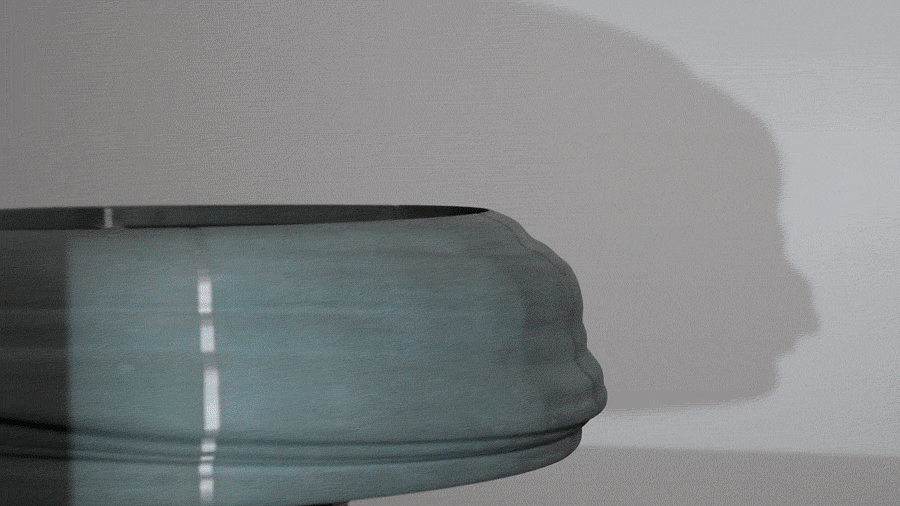Profilograph (after Dürer)
In Vier Bücher von Menschlicher Proportion (Four Books on Human Proportion) (1528), Albrecht Dürer exhaustively examines variations of human form. Not as Vitruvius’ depiction of ideal human measurements, but as a full range of proportional possibilities. This physiognomic treatise establishes the basic parameters for drawing the human face and figure, such as relationships between the eye, nose, mouth, and chin. Over dozens of pages, Dürer shows an incredible variety of male and female figures and facial profiles, drawn by hand but made with a precise mechanical approach to geometric variation.
The six facial profiles Dürer presents early in the treatise are the basis for this machine. Using a process I call Profilography—tracing and extruding a series of sequential contours or profiles—the six faces become a continuous facial profile. Slicing through the extrusion yields new faces, derived from Dürer but absent from his analog treatise. After making the form into a closed loop, I 3D printed the form and mounted it onto a motor-driven spindle. As the piece spins, a light casting a shadow along the profile edge animates the transforming faces. Dürer’s early experiment into parametric transformations arrives at its 21st century digitally-produced conclusion.
Albrecht Dürer, studies for six faces. From Four Books on Human Proportion (Vier Bücher von Menschlicher Proportion) (1528)
The original six faces are used to extrude a continuous figure, blending the faces into new profiles.
The final assembly rotates on a spindle, revealing face profiles when viewed from the side
A spotlight aimed at the rotating profile edge creates a morphing face shadow








